History Tour: Revisiting the Revolutionary War
18 places to contemplate the roots of the American experiment.
When the American colonies were founded in the 17th century (and Georgia in the 18th), they were just a few of the many footholds the British Empire established around the globe, small investments in a larger plan of global dominance. The colonies proved to be a sound economic decision, and this fledgling assembly of settlements developed into a bustling economic network, made all the more lucrative for their free labor—enslaved people.
Finding themselves doing well without oversight from Britain, many in the colonies were frustrated when the tiny island across the sea tried to remind everyone who was the boss. In the mid-18th century, the crown tried heavily taxing the colonies and organizing a greater military presence. The estrangement between Britain and its investments across the pond rose to a fever pitch, and war broke out.
The Brits were better organized and supplied, and even with the creation of a Continental Army, the new Americans often resorted to guerilla tactics. With the help of Spain and especially France, both of whom rallied behind the colonies (after all, who besides Britain wanted a strong British Empire?), the colonists turned the tide.
Today, places such as Independence Hall in Philadelphia and the Yorktown battlefield in Virginia are pilgrimage sites for history-lovers. But much of the Revolutionary War—in fact, some of its most important moments—were shrouded in secrecy and subterfuge, and unfolded in quotidian places: a small schoolhouse, a belfry, a busy intersection in downtown Boston. Here are some places that help highlight America’s scrappy, rough-and-tumble roots.











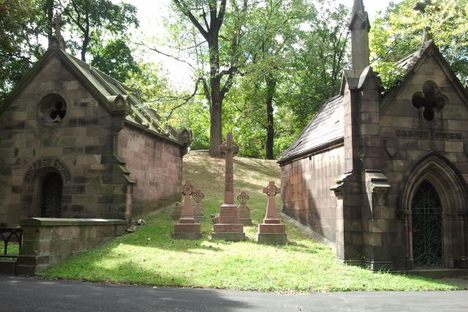




















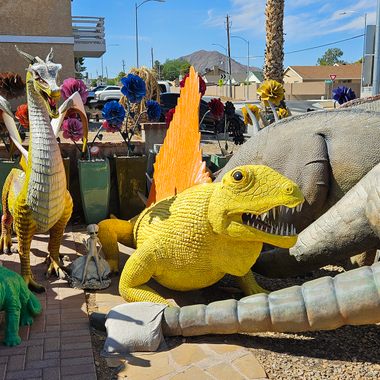

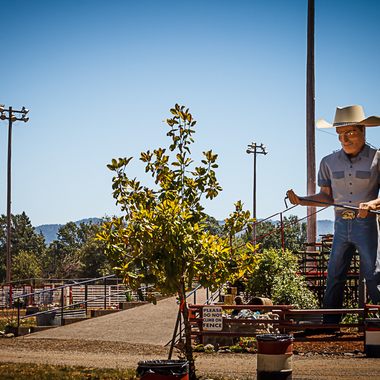
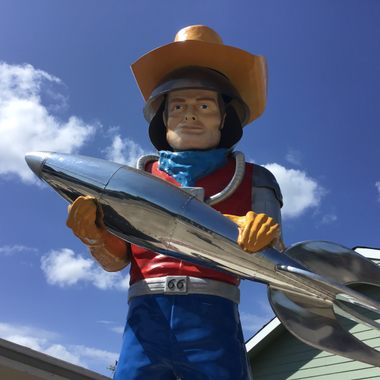
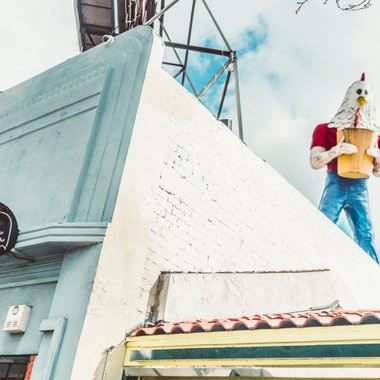

Follow us on Twitter to get the latest on the world's hidden wonders.
Like us on Facebook to get the latest on the world's hidden wonders.
Follow us on Twitter Like us on Facebook